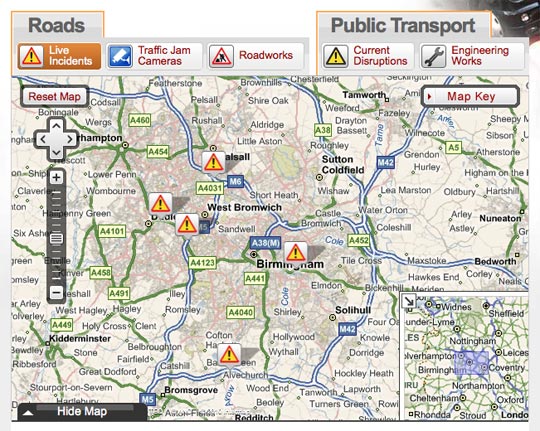Shiny Media, a company that produces websites across a number of areas including fashion, technology and lifestyle, has achieved 30 million views on two of its YouTube channels, Shiny Fashion and tech-based Shiny Media.
Shiny Media co-founder, Ashley Norris, says in a blog post: “Over the years we have had some very talented individuals producing our videos, some of whom have gone on to other great things. Our success owes to understanding that it is the content, not the quality of the video production that creates a YouTube hit.”
“Some of our early videos were very ropey, but they still attracted huge audiences because they offered footage of products before anyone else.
Norris is evidently extremely proud of the company’s achievements. He mentions the constant addition of new video content helping the website look fresh. “We almost always add three or four new videos each week and we don’t take ourselves too seriously. We have great presenters and we are serious about promoting the videos”.

